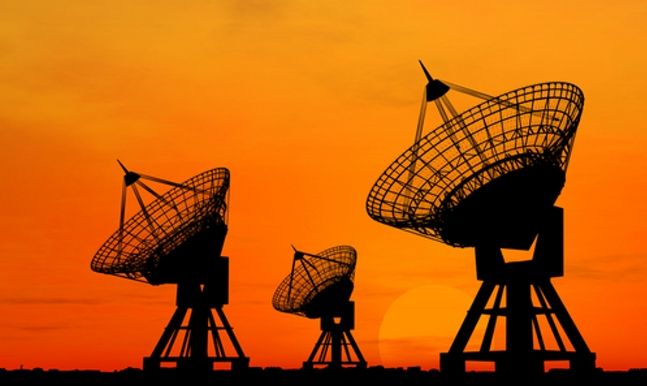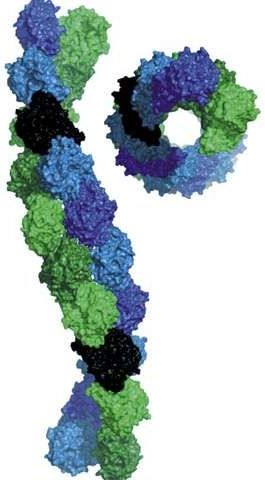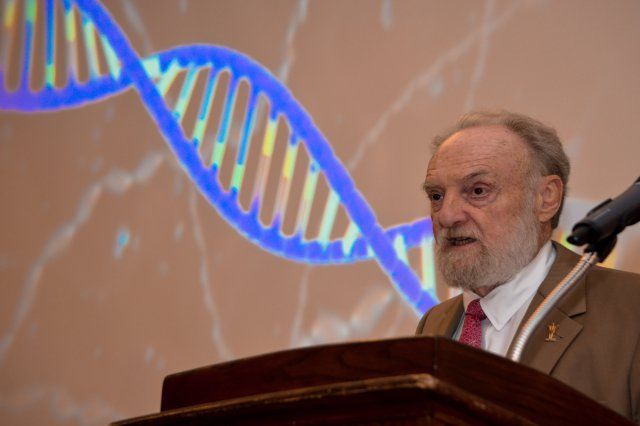Russia has begun designing a new super-heavy carrier rocket, which will be made using the accomplishments of the Energy-Buran program. This was reported by Russian newspaper, Izvestia. According to the General Director of RSC Energia, Vladimir Solntsev, it is expected that the existing RD-171 engine will be used.
“At this moment, we are not considering using hydrogen circuits on the first and second stages of this launch vehicle. In the third stage, we hope to use circuits from Angara, which is already flying,” he explained.
The rocket will launch a capacity of approximately 80 tons into low Earth orbit (LEO). Its further evolution, based on RD-171 technology, may make it possible to increase its carrying capacity to 120 tons and, if necessary, up to 160 tons due to changes in the rocket engine layout, and the expansion of the capabilities of the engines.
















